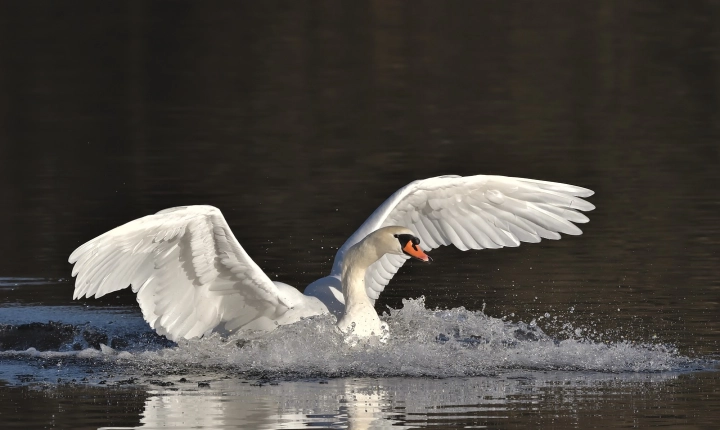Title: Can You Steal AI Art? The Ethical and Legal Implications
Artificial intelligence (AI) has become a powerful tool in the creation of art, generating stunning and sometimes indistinguishable works from those produced by human artists. With the rise of AI-generated art, questions surrounding the ownership, reproduction, and theft of such creations have emerged. Can AI art be stolen, and if so, what are the ethical and legal implications?
The ethical debate surrounding AI art theft revolves around the nature of creativity, authorship, and the rights of the creators. While AI itself can produce visually appealing art, the question arises: does it possess the creative consciousness and intent of a human artist? Some argue that AI lacks the emotional and intellectual depth that is inherent in human artistry, and therefore, cannot be considered a true creator in the traditional sense. On the other hand, proponents of AI art argue that the code and algorithms behind AI creations are the intellectual property of their programmers and should be protected as such.
From a legal perspective, the issue becomes even more complex. In the realm of intellectual property law, copyright protection is granted to original works of authorship fixed in a tangible medium. While this definition seems to encompass AI-generated art, the issue of authorship blurs when the creation is not directly crafted by a human hand. As a result, there is ambiguity in determining who holds the copyright for AI-generated art— the AI system itself, its programmer, or the owner of the AI system.
In a significant case in 2018, the artist Obvious created a portrait using a generative adversarial network (GAN) and sold it at auction for a substantial sum. This raised questions about the ownership of AI art and the rights of its creators. Can an AI artist be recognized as the author of an artwork? Can it hold property rights over its own creations? These questions challenge traditional legal frameworks and highlight the need for updated legislation to address the complexities of AI-generated art.
Another aspect to consider is the potential for plagiarism and unauthorized reproduction of AI-generated art. With the ease of digital reproduction and distribution, AI art can be copied and distributed without the consent of its creators. This poses a threat to the economic interests of AI artists and the artistic integrity of their work.
In response to these challenges, some have proposed the implementation of specific laws and regulations that address the unique implications of AI art. This includes establishing guidelines for the attribution of authorship, the protection of AI-generated creations, and the recognition of AI systems as rights holders. Such initiatives seek to adapt existing legal frameworks to encompass the evolving landscape of art creation and ensure that the rights of AI artists and their human creators are adequately protected.
As the field of AI art continues to evolve, the ethical and legal considerations surrounding its creation, ownership, and distribution will require careful attention and thoughtful resolution. Given the rapid advancement of AI technology, it is imperative for policymakers, legal experts, and the artistic community to engage in constructive dialogue and collaborative efforts to address these complex issues. By doing so, we can ensure that the rights of AI artists are respected, and the ethical and legal frameworks governing their creations are robust and adaptive.
In conclusion, the question of whether AI art can be stolen poses profound ethical and legal challenges. While the definition of authorship and ownership in the context of AI-generated art remains unclear, the need for comprehensive legal and ethical frameworks to safeguard the rights of AI artists and their human creators is undeniable. As we navigate the complex intersection of art and technology, it is crucial to establish clear guidelines and protections that reflect the unique nature of AI art and its creators.
